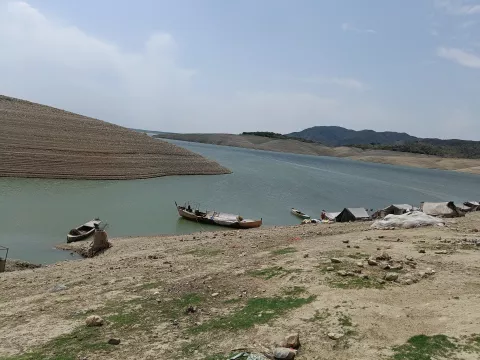Iron Folic Acid Bottleneck Analysis Report
Iron deficiency anaemia (IDA) is a major public health concern for women of reproductive age. It contributes to high maternal mortality rates, especially in low-income and middle-income countries.

Highlights
Iron and folic acid (IFA) supplementation has played a key role in reducing the burden of iron deficiency anaemia in Pakistan. However, low uptake and non-compliance with iron and folic acid supplements pose challenges to further reducing the prevalence of iron deficiency anaemia, particularly in areas where diets are not rich in iron. Despite an increase in the daily intake of iron and folic acid to 65 per cent – up from 45 per cent in 2013, as recorded by the Demographic and Health Survey (DHS) 2013 – the compliance rate remains low, at just 22 per cent among women who initiated iron and folic acid supplementation during their last pregnancy.
This iron and folic acid bottleneck analysis was commissioned by the United Nations Children’s Fund (UNICEF), in collaboration with Pakistan’s Ministry of National Health Services, Regulations and Coordination, to explore why the Iron and Folic Acid Supplementation Programme has not yet achieved its desired results.





